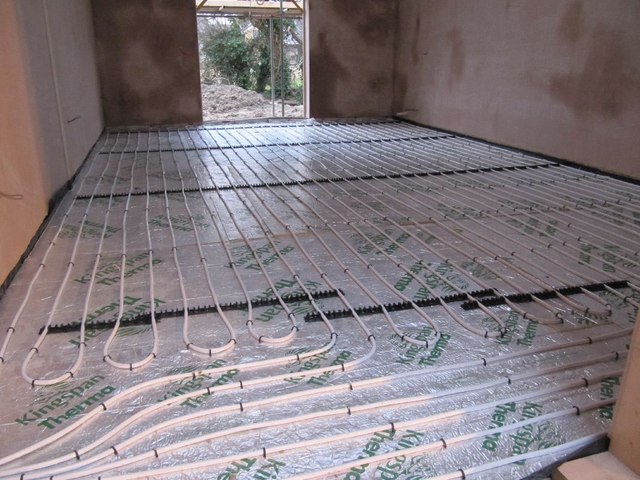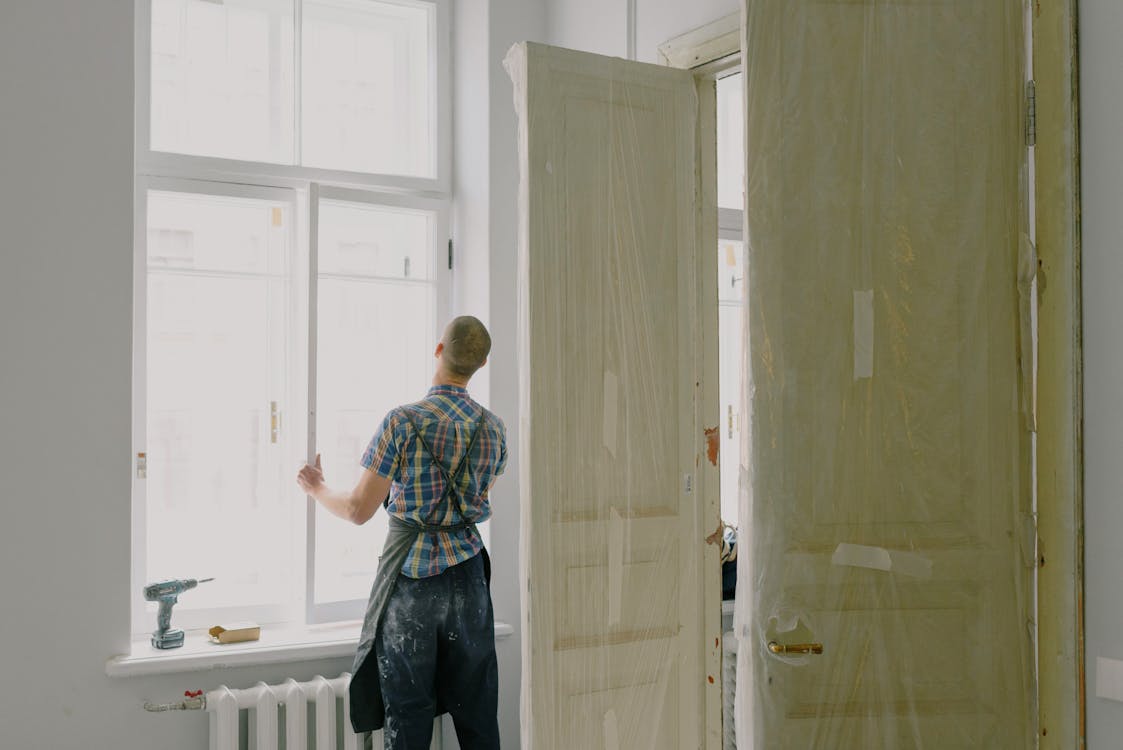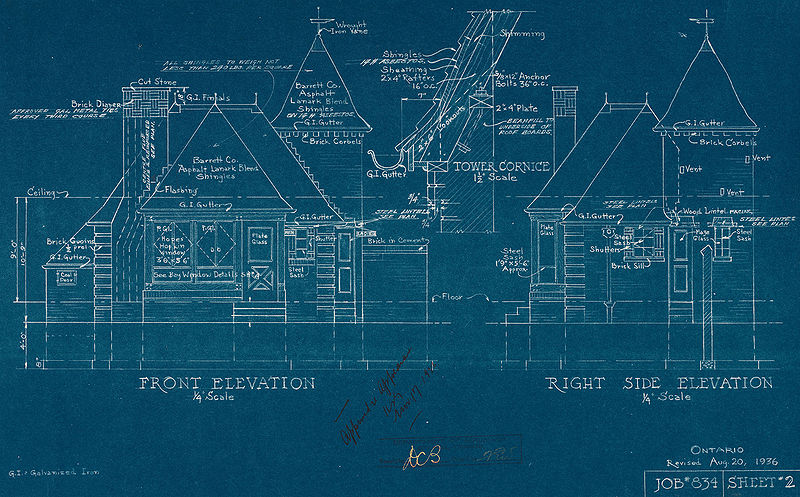When it comes to protecting the environment, the benefits are a long way in the future, and the costs are immediate. That’s why, according to interior designer and TV personality George Clark, people aren’t going to change the way they live – at least not without some benefits in the here and now.
Rather than taking an ideological view on the climate, Clark is more pragmatic. He says that if people are going to change, they need some incentives other than another Al Gore presentation about the end of the world.
Fortunately, things have moved on quite a bit since the early days of eco-friendly design. It’s no longer such a compromise to renovate a house in an eco-friendly way. In fact, in some situations, it’s incredibly high tech.
For regular homeowners, this means both getting some benefits and saving money on gas and electricity bills. Living more sustainably and reducing utility costs go hand-in-hand, and it’s something that everybody can benefit from.
Governments have realised this too. In the UK, for instance, the government wants to fit solar panels to 800,000 “social houses” to reduce utility costs for low-income residents. When you compare gas and electricity prices before and after the change, there’s a large difference. And that’s the benefit of eco-living: it helps level the playing field. No longer do you need a substantial income to run a big house, just the right approach to energy usage.
Here are some renovations that are eco-friendly and could save you money in the long term.
Build Draught Excluders Into New Doors

If you’re planning on fitting new doors, you might be able to save a bit of money on your gas and electric at the same time. Rather than fitting draught excluders, which can look cumbersome and get dirty really easily, find ways to use the door itself to plug gaps between one room and another, especially exterior doors. The good news is that the majority of modern exterior doors come with draught-excluding seals which work much better than regular excluders. Find a door that fits the door frame perfectly and put an end to inch-thick gaps under your doors which let in all the cold air from outside.
Buy Furniture And Fittings Second-Hand
Most people think that the biggest energy cost involved in the delivery of goods comes at the shipping stage. But, in reality, it’s actually the manufacturing stage which involves the most energy use, especially for products which contain metal. As a result, even if you buy furniture locally, you may not be reducing the carbon footprint of your renovation.
It’s always better, therefore, to make use of old furniture: furniture that would otherwise have been thrown in a skip and dumped in a landfill. What’s more, second-hand furniture offers opportunities that new furniture doesn’t. Upcycling a piece of new furniture doesn’t make much sense. But taking something that is apparently past its best and making it new again can be a gratifying experience and something that’s well worth doing at least one.
Choose Low Electricity Appliances
When renovating a room, we rarely consider the type of appliances we choose. But it turns out that not only is the choice of appliances essential for eco-living, but it’s also important from a stylistic point of view.
Appliances, like radiators, aren’t just appliances anymore – something which many homeowners just hope will fade into the background. They’re fast becoming focal points for the room. There’s no longer any need to stick with your original cast-iron radiator and decorate the rest of the room around it. You can get different styles of radiators that can be made to suit any room and look good too.
A current favourite is tall, thin radiators that snake their way all the way up a wall to the ceiling. Gone are the ugly traditional column and cast iron radiators. Designer radiators are here to stay, and they look a heck of a lot better than their counterparts. Designer radiators come in chrome, stainless steel, and aluminium, as well as different colours.
Replace Your Drapes With Thicker Material
According to estimates, as much as 30 percent of all the heat lost from a home is lost through the windows. That represents a significant bump to your electricity and gas bill. But the good news is that you can stem the loss of heat through judicious investment in drapes.
Thin curtains might be all the rage right now, but thicker drapes can be made to work too, especially when paired with the perfect interior. You don’t want your drapes to look too heavy or overbearing, like something out of Wuthering Heights, but you do want something that will stop heat escaping, especially now winter is approaching.
Most professional drape suppliers will allow you to choose the tog of the material. Selecting a higher tog can help to keep small air pockets within the material, providing additional insulation and reducing heat loss.
Experiment With LED Lighting
LED lights were originally invented back in the 1990s. But, as with any new technology, they were extremely expensive, to begin with. Today that’s all changed, and the cost of LEDs has come down considerably. No, they’re not quite as cheap as old-fashioned incandescent bulbs just yet, but they’re well on their way. And, importantly, they provide greater bang for the buck: LED bulbs are able three times as expensive as regular bulbs, but they may last thirty times as long and use 10 percent of the energy.
There’s also another feature of LED lights that make them particularly appealing to homeowners: their versatility. It turns out that the underlying LED technology is a lot safer than traditional lighting technology and this means that LED lights can be arranged into all sorts of configurations which simply weren’t possible in the past. LEDs can be made so small and use up such little energy that they are now being fashioned into sources of light which mimic things in the natural world, like rushes and twigs. LEDs can also be placed in areas where it would previously have been difficult to put bulbs, again adding to their versatility. Lighting a space from multiple vectors, for instance, is easier with LED bulbs than other varieties.

Stick With Wood Frames
If all you cared about was looks, which would you choose? Factory-produced UPVC window frames or wood frames? In all likelihood, it’s the latter. And the reason? Factory-produced UPVC frames are generic, ugly and hard to repair if they get damaged. Wooden frames, on the other hand, can be sanded down, chiselled away and be replaced piece by piece if necessary.
But there’s another reason to stick with wooden frames whenever possible: plastic frames are just downright dangerous for the environment. According to health experts, UPVC frames emit a toxin which can harm your health as well as the rest of the environment. Wood frames covered in non-VOC paint don’t.
Fill Your Cavity Walls Before You Start The Decorating
If you’re stripping back your old decor and are looking to replace it with something new, it’s worth thinking about filling the spaces between your cavity walls before you start decorating. Homes which don’t make use of cavity wall insulation can see their gas and electric bills skyrocket. What’s more, halfway through a renovation is the opportune time to start injecting insulating material. It’s cheap, and it’s best to do it while the decorating is ongoing to minimise disruption.
Buy Furniture Made From Recycled Materials
Have you ever wondered where all your recycled plastic and metal goes? Most of it goes back into new packaging products, but a small chunk of it also goes to make furniture.
The great thing about recycled furniture today is that you would never have guessed it was, other than the fact that manufacturers tend to be very proud of the fact. It’s high quality and sometimes more durable than unsustainably sourced furniture, thanks to its high plastic content.
Scrap Radiators Entirely

[Photo courtesy of Bill Nichols/Geograph.org.uk]
As discussed, efforts have been made to redeem radiators. But no matter how hard designers try, they rarely fit into the design of a room. Plus, they’re also not particularly energy efficient according to Clark, which is why you should consider alternatives.
Fortunately, you don’t have to freeze in the winter to keep your home stylish: just choose underfloor heating. Not only does it keep radiators out of your living spaces, but it’s also more energy-efficient, slashing the cost of your gas and electric bills.
Use Local Materials For Renovation Works
Bamboo is often considered to be an eco-friendly material because it grows quickly and comes from bamboo farms. But bamboo is cultivated a long way from its target market. Buyers of bamboo are often people in rich countries in the northern hemisphere, whereas bamboo tends to be grown near to the equator. That means that there’s a lot of energy involved in shipping it to your house. You can bypass all of this, of course, by source sustainable materials locally.
[ Tagged In ] Best Home Renovations, Home Improvement Guide, Home Remodelling, Home Renovation Guide, Home Renovation Ideas, Home Renovation Tips, Home Renovations, Home Tips, Home Updates, House Improvement
















